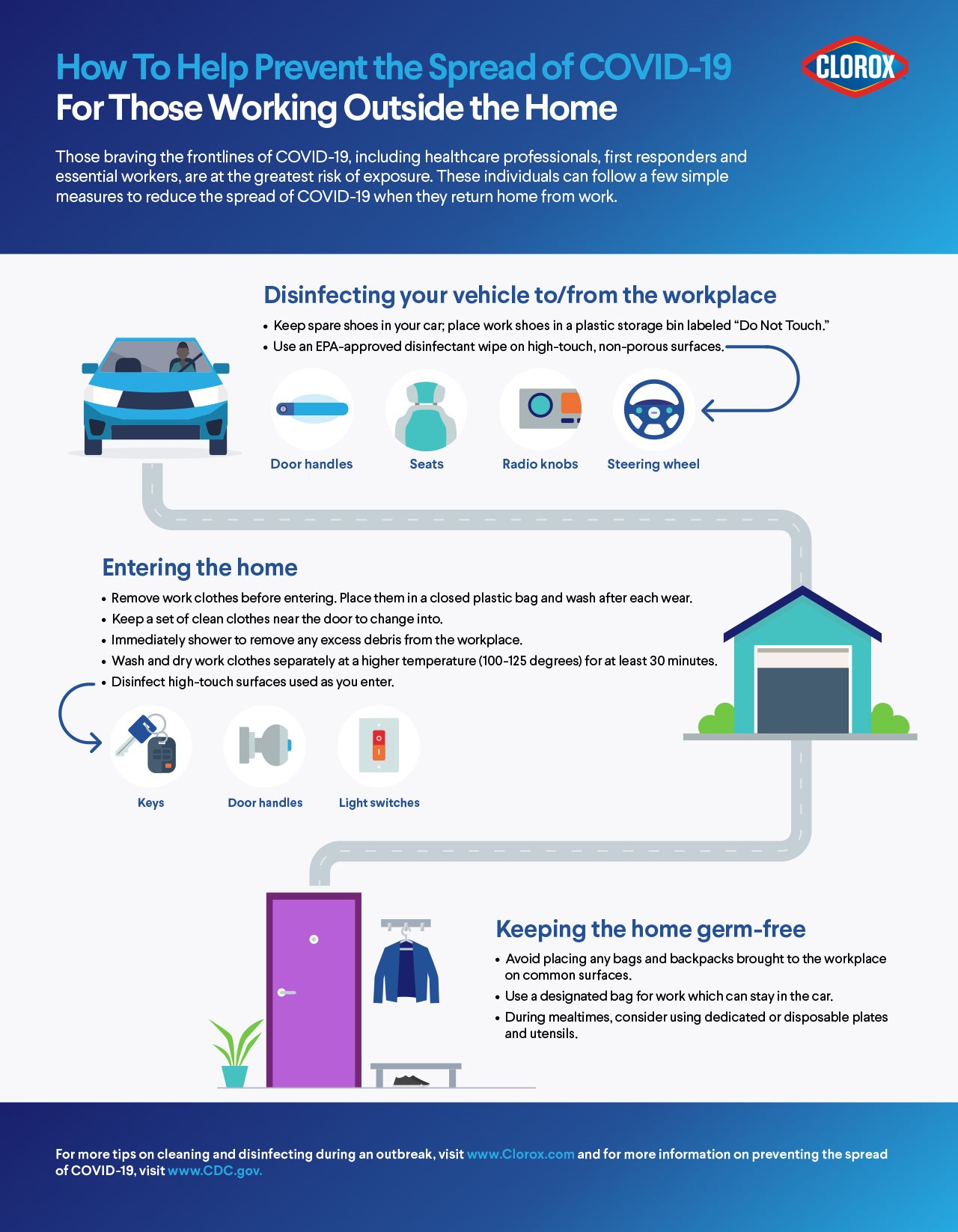2020-05-05T14:01:01
(BPT) – In these unprecedented times, prioritizing our health and safety has become more essential than ever. Staying independent in the security and comfort of our own homes while still being able to receive vital care is of the utmost importance, especially for older Americans who are more at risk.
The Administration for Community Living (ACL) leads the observance of Older Americans Month each May. This year’s theme is “Make Your Mark,” which is meant to encourage people to realize the difference everyone can make in the lives of older adults, including access to the best healthcare. Older adults wanting to increase at-home independence can take advantage of the opportunity that telemedicine provides. This is a new skill for patients and healthcare professionals that safely enables high-quality healthcare services.
The well-being of our older community is crucial, and it is important to highlight the health conditions they face that can impact their everyday lives. One such condition is Essential Tremor (ET). ET is the most common adult movement disorder, affecting more than 10 million Americans and millions more worldwide. Living with ET can impact daily activities such as writing, getting dressed and eating. For instance, using a fork to eat peas poses a unique challenge for those with the disorder. A need exists for a type of treatment that has the flexibility to work with every patient’s lifestyle.
Currently, there are several options to treat ET, including doctor-prescribed medications like beta-blockers, anti-seizure medication, tranquilizers and Botox injections. In more severe cases, patients may undergo invasive surgical procedures such as deep brain stimulation (DBS). While these treatment options may be suitable for some, they do not offer the convenience of being implemented at home. Additionally, given the current health crisis we are facing, an at-home option for ET treatment is essential, especially if we want our elders to stay safe and independent.
A new ET treatment is now available that can be prescribed through in-person health care provider (HCP) consultations as well as telemedicine appointments. Cala Trio™ provides a personalized solution that targets the source of a patient’s tremor without the need for invasive brain surgery or medication. Calibrated for each patient’s tremor pattern, when activated, Cala Trio gently stimulates the nerves in the wrist to disrupt the tremulous activity in the brain. Cala Trio gives patients the option for flexibility in their daily schedules through targeted therapy that fits with the flow of their lives. Managing ET has never been easier, especially during times of social distancing.
“Essential tremor had affected my life, particularly in the beginning stages, in terms of being with people,” said Holly L., Cala Trio patient. “In a dining situation, it would be difficult for me to drink without spilling whatever I am drinking. And a little bit later, it was difficult keeping food on my fork. Cala Trio just makes me feel more secure, more confident. I enjoy being able to eat without food falling off my utensils. I can drink without having a tsunami in the cup or, the glass. It is just such a joy to not have that constant movement with everything just shaking. It’s created a lot of freedom in how I feel.”
Designed with patients’ needs at the forefront, Cala Trio delivers advanced targeted therapy that safely and effectively reduces patients’ hand tremors while allowing them to remain in the safety and comfort of their homes.
To learn more, please visit www.calatrio.com/Freedom.














